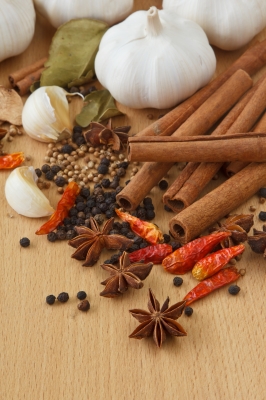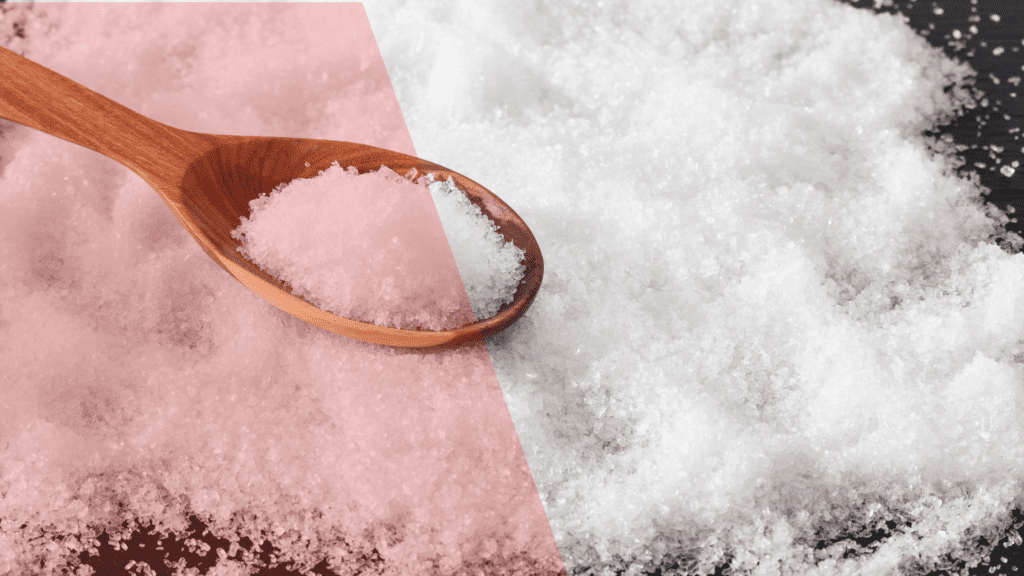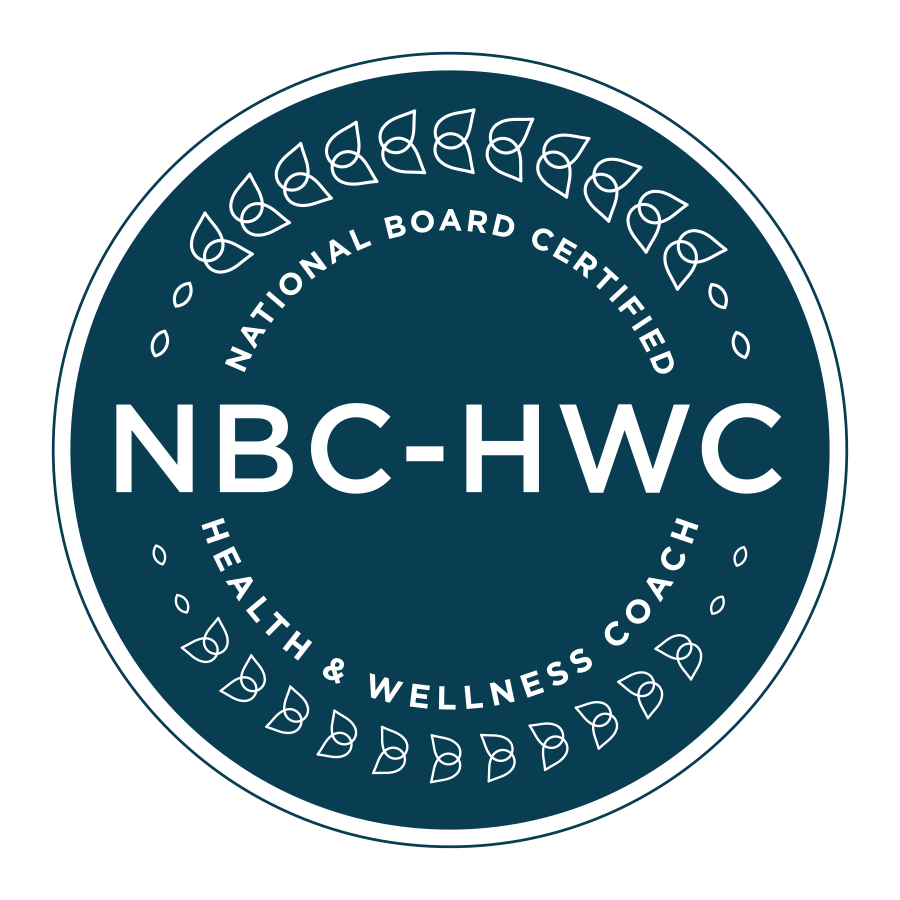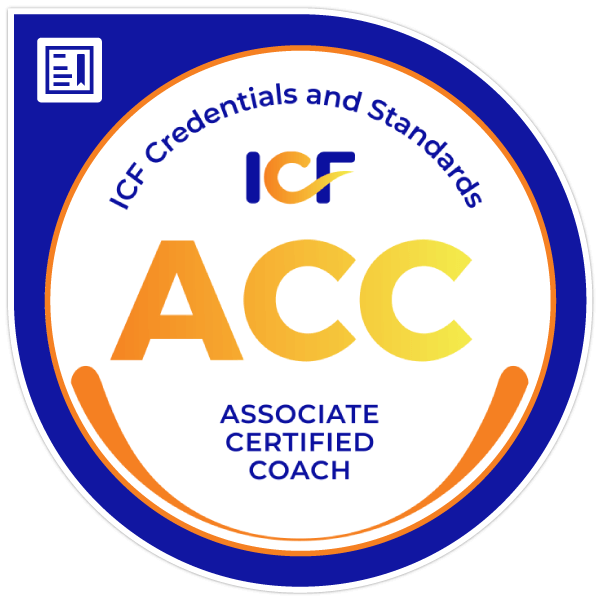It’s everywhere– in all of our foods. How can we avoid it? We need it. Yet, too much of it can be detrimental to our health. Sodium is an essential element. It helps to regulate blood pressure and fluid volume, and it also helps maintain pH balance. Your muscles and nervous system also need sodium to function properly. However, the Western diet, in particular, usually has too much of this substance, leading to major cardiovascular diseases, such as hypertension. If we need sodium, how can we ensure we are only intaking what we should? Reading the food labels is one way.
UNDERSTANDING SODIUM LABELING TERMS
First and foremost one must read ingredient labels to identify foods high in sodium. Items with 250 mg or more of sodium per serving are high in sodium. High sodium food additives include salt, brine, or other additives that have sodium as part of its name, such as monosodium glutamate (MSG)
Secondly, one must be able to interpret food label information. Please take note of the following sodium labeling terms:
- High Sodium-Food with 250mg or more of per serving.
- Low Sodium-Foods with less than 140mg of sodium per serving.
- Reduced Sodium-Foods in which the usual level of sodium is reduced by 25%.
- Sodium Free- Foods with negligible (trace) amounts of sodium per serving.
- No Salt Added-Foods containing the natural sodium content with no sodium added.
- Light Sodium-Foods with sodium levels reduced by 50% sodium.
GUIDELINES TO REDUCE SALT INTAKE
- Start by measuring your salt as described above.
- Cook from scratch.
- Use fresh ingredients and/or foods with no salt added.
- Flavor foods with herbs, spices, lemon, lime, vinegar, salt-free seasoning blends.
- Remove the salt shaker from the table.
- Choose low- or reduced-sodium, or no-salt-added versions of foods and condiments when available.
- Choose fresh or frozen vegetables.
- Rinse canned foods, such as tuna, sardines, mackerel, salmon, corn, beets, peas and beans, to remove some of the sodium.
- Chose fresh poultry (chicken and turkey), fish, fresh pork, pork loin and pork chop center-cut., rather than red meat, canned, smoked, cured or processed types.
- Choose ready-to-eat or hot breakfast cereals that are lower in sodium.
- Limit processed foods (such as corned beef, spam, bacon, hotdogs, Vienna sausage, bologna sausage, salami, ham and cheeses); foods packed in brine (salted water). These include foods such as pickles, pickled vegetables, olives, and sauerkraut); and condiments (such as mustard, mayonnaise, horseradish, ketchup, and barbecue sauce).
- Limit even lower sodium versions of soy sauce and teriyaki sauce. Treat these condiments sparingly as you do table salt.
- Cook rice, pasta, and hot cereals without salt. Cut back on instant or flavored rice, pasta, and cereal mixes, which usually have added salt.
- For favorite recipes, you may need to use other ingredients and delete or decrease the salt added.
- Try orange or pineapple juice as a base for meat marinades. Avoid commercial marinades and meat tenderizers.
- Avoid convenience foods such as canned soups, meat dishes, pizzas, vegetables, pasta and rice mixes, frozen dinners, instant cereal and puddings, and gravy sauce mixes.
- Avoid mixed seasonings and spice blends that include salt, such as garlic salt, Celery Salt, lemon pepper, Sazon, Complete Seasoning, Season All, bouillon, chicken & beef base ,MSG, etc., Don’t use a salt substitute unless you check with your doctor first.
- Limit your intake of bakery items as they may contain baking powder and baking soda which are high in sodium.
FLAVORFUL ALTERNATIVES TO SALT
Allspice
Bay Leaf
Basil 
Cayenne Pepper
Celery
Celery Seed
Chili powder
Chives
Cinnamon
Cloves
Coriander
Cumin
Curry Powder
Dill Weed
Dry Mustard
Dry Horseradish
Garlic Cloves
Garlic Powder
Ginger
Green Pepper
Lemon or Lime
Mint
Mrs. Dash
Native Pepper
Nutmeg
Onion Powder
Onions
Oregano
Paprika
Pimento
Parsley
Rosemary
Shallots
Tarragon
Thyme
Tomato
SALT-FREE SEASONING RECIPES
Spicy blend
- 2 tbsp dried savory, crumbled
- 1/4 tsp freshly ground white pepper
- 1 tbsp dry mustard
- 1/4 tsp ground cumin
- 2-1/2 tsp onion powder
- 1/2 tsp garlic powder
- 1/4 tsp curry powder
Italian surprise
- 2 tsp garlic powder
- 1 tsp basil
- 1 tsp oregano
- 1 tsp powdered lemon rind or dehydrated lemon juice
Herb seasoning
- 2 tbsp dried dill weed or basil leaves, crumbled
- 1 tsp celery seed
- 2 tbsp onion powder
- 1/4 tsp (pinch) dried oregano leaves, crumbled freshly ground pepper
Directions: Combine all ingredients in a small bowl and blend well. Spoon into shaker. Store in a cool, dark place.
RESTAURANT DINING TIPS TO LOWER SODIUM INTAKE
Avoid restaurants that do not allow for special food preparation (such as buffet style restaurants, diners or fast food chains.
Appetizers
- Select fresh fruit or vegetables.
- Avoid soups, stews and broths.
- Stay away from bread and rolls with salty, buttery crusts. You may select a plain whole grain roll.
- Select vegetable salads plain or with grilled chicken strips .Order salad dressings on the side and use small amounts of them.
- Select fresh fruits.
- Avoid pickles, canned or marinated vegetables, cured meats, meat salads, seasoned croutons, cheeses, and salted seeds and nuts.
Main courses - Select white meat, chicken, turkey, fish and pork choices that are broiled, boiled, poached, grilled or roasted.
- Select fresh plain vegetables, potatoes, rice, yellow grits, corn, sweet potato, steamed plantain, whole grain pastas and noodles.
- Avoid casseroles, mixed dishes, gravies and sauces.
- At fast food restaurants, choose the salad entrees or non-fried and non-breaded entrees (such as grilled chicken breast and a baked potato) and skip the special sauces, condiments and cheese.
- Avoid salted condiments and garnishes such as mustard, ketchup, barbeque sauce, olives and pickles.
Desserts
Select fresh fruits or fruit salad, yogurt, sherbet, gelatin and plain cakes.
Beverages
Make water your beverage of choice. You may also select 100% pure juices. Avoid alcohol since it may influence your blood pressure negatively and may interact with the medications you are taking. Ask your health care provider for specific guidelines regarding alcohol.
To Read more on how you can reduce your sodium level, read my other article on sodium.



